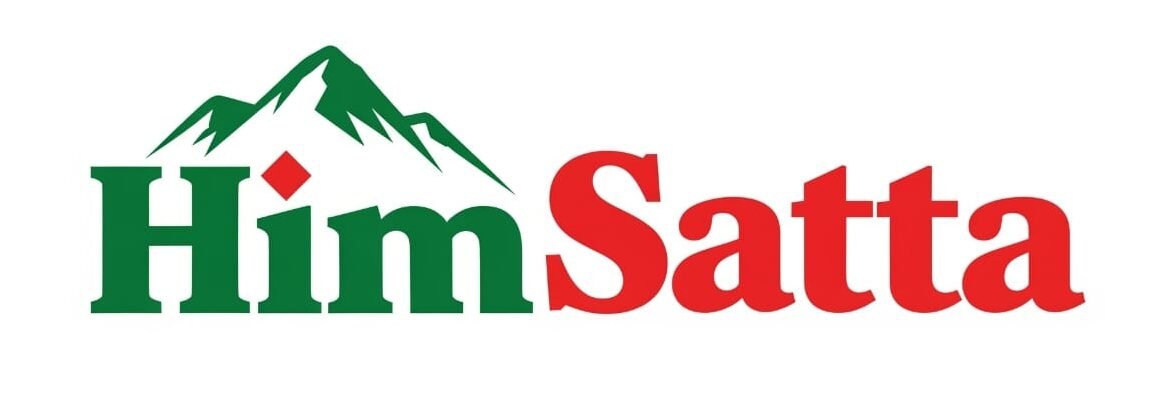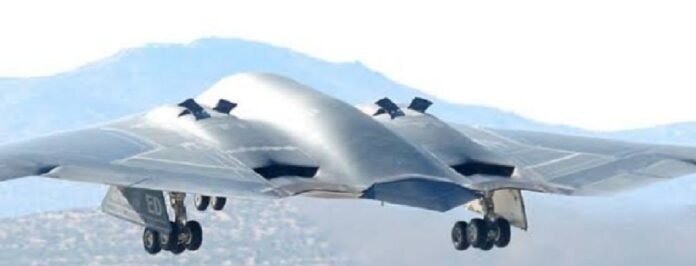By: Saptrishi Soni
A striking shift in U.S. military engagement unfolded on June 22, 2025, as the United States carried out precision airstrikes on three of Iran’s most strategic nuclear installations—Fordow, Natanz, and Isfahan—marking the most significant direct U.S. assault on Iranian territory in decades.
What Happened
Targeted Locations
The U.S. Air Force, deploying B‑2 Spirit stealth bombers armed with 30,000‑lb GBU‑57 Massive Ordnance Penetrators, obliterated Iran’s heavily fortified Fordow underground enrichment plant, the sprawling Natanz enrichment complex, and a key uranium‑handling facility near Isfahan .
Official Statement
President Donald Trump announced the operation via Truth Social, calling it “very successful” and insisting that all U.S. aircraft had exited Iranian airspace safely . He further declared, “NOW IS THE TIME FOR PEACE,” warning Iran that failure to de-escalate would invite further, more intense military action.
Strategic Timing
The strikes followed an intense week of Israeli aerial bombardments on Iran’s nuclear and missile infrastructure, suggested to have degraded Iran’s air defense systems. This coordinated two-pronged assault aimed to maximize pressure on Tehran’s nuclear capabilities .
Why It Matters
Escalation Risk
Direct U.S. involvement after Israel’s initial offensive marks a dangerous escalation. Iran has already hinted at retaliatory strikes on U.S. military bases across the Middle East. Iran’s defense minister warned of targeting U.S. assets if a full-scale conflict erupts .
Legal and Political Debates
Critics in the U.S. Congress, including Republican Rep. Thomas Massie and Democratic Rep. Alexandria Ocasio-Cortez, argue that the attacks bypassed constitutional procedures, raising questions about the necessity of Congressional approval for acts of war . Meanwhile, global legal analysts are scrutinizing the strikes under the UN Charter governing pre-emptive use of force .
Iranian Reaction
Tehran condemned the strikes as a severe breach of the Nuclear Non‑Proliferation Treaty and international law. The Atomic Energy Organization of Iran stated that U.S. actions “contradict international law, especially the NPT” . Supreme Leader Ayatollah Khamenei and the IRGC have vowed stern retaliation.
Regional Instability
The strikes have alarmed Gulf states and global markets. Energy prices are already showing volatility on concerns over Middle Eastern instability. International diplomatic efforts are now scrambling to contain broader conflict.
Implications for India
Energy Security
Any military escalation in the Gulf threatens oil flow and global fuel prices, directly impacting India’s energy costs, which are pivotal ahead of the monsoon and agricultural cycles.
Diplomatic Balancing
The severity of the strike places India in a delicate position. As a key American strategic partner and a member of the UN Security Council, India will likely call for restraint while continuing to engage with Middle Eastern governments for broader conflict resolution.
Global Norms
New Delhi, with its staunch support for global nuclear non-proliferation, will have to navigate a fine diplomatic line: condemning nuclear escalation while not alienating any major power.
Aftershocks & Outlook
Iranian Response
Tehran has promised an “all‑out war” if national sovereignty is violated again . Islamic Revolutionary Guard Corps officials have publicly stated U.S. bases in the region are within their crosshairs.
Domestic U.S. Debate
The strikes have fractured Congressional opinion. Support from key Republicans such as Senators Lindsey Graham and Ted Cruz contrasts sharply with constitutional hesitations from others.
Diplomatic Revival?
Despite the military action, President Trump called for renewed diplomacy. Critics argue this may merely mask a shift to heavier militarization absent new UN‑led negotiations.
Global Response
United Nations Secretary-General António Guterres described the strikes as a “dangerous escalation,” urging an immediate ceasefire and return to diplomacy Russia has also decried the action, warning of “catastrophic” consequences.
As this conflict unfolds, the world watches closely. Will this be the beginning of a full‑scale Middle Eastern conflagration, or will it serve as the final jolt necessary to bring Tehran back to the negotiating table?

Here’s a web-generated news report on this major development for Indian and international audiences: Web‑Generated News Report





